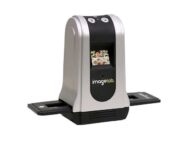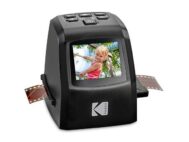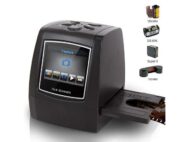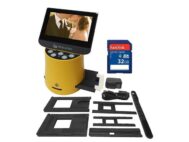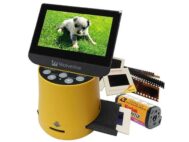3D Scanners
Capturing the Physical World in Digital Detail
3D scanners have emerged as powerful tools for capturing the shape and appearance of physical objects, transforming them into detailed digital models. From reverse engineering and industrial design to healthcare and cultural preservation, 3D scanners have revolutionized workflows across various industries, bridging the gap between the physical and digital realms.
Showing all 10 results

Official Creality CR-Scan 01 3D Scanner Upgraded Combo

Revopoint MOBILE-KIT for POP POP2 3D Scanners
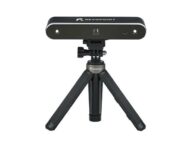
Revopoint POP 2 3D Scanner 0.05mm Precision

SCANZA Digital Film Slide Scanner
Choosing the Right 3D Scanner
Navigating the world of 3D scanning requires understanding a few key aspects:
- Scanning Technology: Explore different technologies, including structured light, laser triangulation, and photogrammetry. Each technology offers varying levels of accuracy, speed, and suitability for different object sizes and materials.
- Accuracy and Resolution: Accuracy refers to how closely the digital model matches the actual object’s dimensions. Resolution determines the level of detail captured, affecting the smoothness and fidelity of the scan.
- Scanning Range and Volume: Consider the size of the objects you need to scan. Scanners have varying scanning ranges (minimum and maximum distances) and volume limitations (maximum object size).
- Portability and Ease of Use: Some scanners are handheld and portable, while others are stationary and require a dedicated setup. Consider your scanning environment and workflow when choosing a scanner with appropriate portability and ease of use.
- Software and Compatibility: 3D scanners typically come with software for processing and exporting scans. Ensure compatibility with your preferred CAD software or other downstream applications.
By carefully evaluating these factors and considering your scanning needs, budget, and technical expertise, you can choose a 3D scanner that empowers you to capture the physical world in stunning detail, unlocking new possibilities in design, analysis, and digital archiving.
